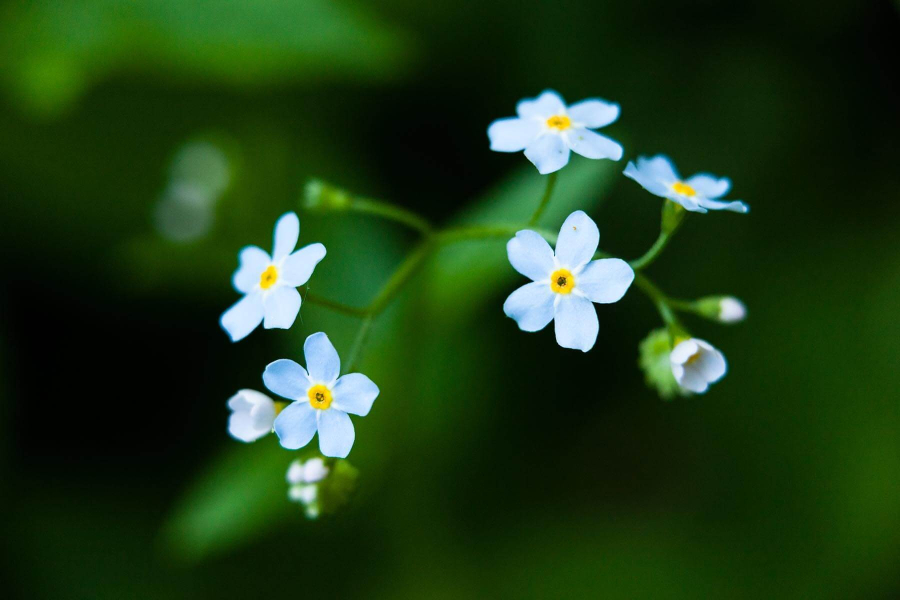A flower full of memories
The small bay forget-me-not begins to bloom in early spring

As weather hopscotches from breezy and pleasant to coldly howling and back again, fragile and beautiful wildflowers spring up throughout the watershed.
This familiar flower is the forget-me-not (genus Myosotis), a small blue herbaceous flower that favors wetlands and partial shade. There are dozens of potentially invasive forget-me-nots but the region hosts a handful of native species, like this diminutive: the bay forget-me-not (Myosotis laxa).
While bees are the most famous pollinators, they aren’t out there alone. The early blooming plants we see in spring are more often pollinated by flies, wasps and even ants. If insects are scarce the forget-me-not can self-seed, releasing its seeds into the soil where it grows.
This little flower gets the common name “forget-me-not” from the legend of a doomed but enduring pair of German lovers. Walking a riverbank with a handful of these wildflowers to present to his love, the man slips and is swept away by the river. He throws the flowers to his lady and shouts, “Forget me not!” as he slips out of sight.
These tiny flowers have come to symbolize a lasting relationship, remembrance and connection that lasts through time or separation. The tiny blue pops of forget-me-nots, a combination of loss and continuing affection, have come to be linked with caring for those with dementia. A stylized version of a forget-me-not blossom is the official logo of the Alzheimer’s Society.
As you venture out into spring weather, keep an eye out for forget-me-nots. Find a place near you to take a spring walk.

Comments
Nice article. Just a quick FYI- there are 3 native species of Myosotis in Maryland. In addition to the bay forget-me-not, there also is the large-seeded forget me not (Myosotis macrosperma) and spring forget-me-not (Myosotis verna). Both species are uncommon but are still present.
Thank you!
Your comment has been received. Before it can be published, the comment will be reviewed by our team to ensure it adheres with our rules of engagement.
Back to recent stories